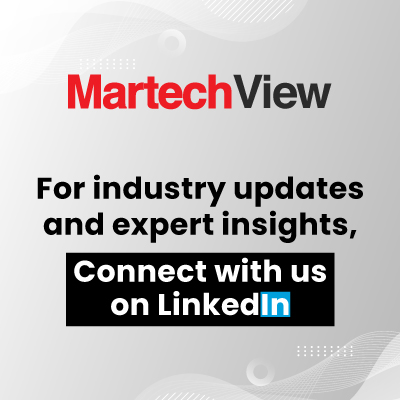Fear not, SEO professionals! While Google’s algorithm evolves, high-quality backlinks remain crucial for building trust and boosting your search ranking. Learn why links are here to stay and how digital PR can help you secure them.
A change to the Google algorithm, where backlinks are no longer a ranking factor, is the stuff of nightmares for anyone working in digital PR.
You’ve sold your c-suite and marketing team the dream — campaigns to drive the company’s website up the search engine results pages (SERPs) by generating links from high-quality referring domains. Then, almost overnight, it looks like an algorithm change will undo all your hard work.
Fortunately, this kind of scenario is unlikely ever to become a reality because links that genuinely enhance the user experience and build credibility and trust will always deliver value to humans and search engines — just as Harvard referencing (or its equivalents) does in academic articles.
Admittedly, it might still feel risky to stake a big part of your campaigns on links when Google makes thousands of annual updates. Of course, we must stay ahead of the latest changes and adapt our tactics accordingly. That’s been the case since link building became integral to SEO in the ‘90s. But I can say with confidence that links are here to stay.
Because when you create great campaigns that resonate with the public and are underpinned by rigorous research, a journalist exercising their editorial control will be more likely to publish your content. Google knows this, so as you start to build links from relevant news sites with a good domain rating (DR) you should start to notice a difference in your SERPS.
Also Read: Brand Profile: Buffer – From Startup Rollercoaster to Social Media Leader
Glass ceiling
Often, clients come to us when they cannot break into the top spots on Google.
They’ve done everything right on paper: internal link building, keyword-driven content, and technical improvements, but are hitting a glass ceiling.
This is where external links can make a difference, especially regarding the most competitive keywords. Sites in the top three positions attract the most clicks, so it should become a virtuous circle – with your site consistently ranking higher because people are linking to it and clicking on it.
It comes back to credibility and trust – encapsulated by the EEAT acronym (Experience, Expertise, Authoritativeness, and Trustworthiness). Google wants to present the most useful and relevant content to users, and earned backlinks are a clear sign that your site meets these criteria.
Brand and reputation are everything
Old-style link building was normally limited at best – and at worst dubious. Digital PR is so powerful because it’s firmly rooted in brand PR.
We understand what works well (and what will flop) in the news because many of us have worked or been trained in brand PR or journalism. From artificial intelligence to Love Island, we know what will get people talking in the office or pub with their friends. We follow the news cycle and journalist requests closely so we can be both proactive and reactive in supplying content.
Importantly, we also know that reputation and public sentiment are critical to a business – just as any brand PR professional does. So, while our campaigns are usually one step removed from the product, they are still relevant and never damaging to the brand.
Similarly, when it comes to data-led stories, we know that our sources and methodology must stand up to scrutiny from journalists and readers. Tactics like these mean we regularly secure both coverage and links in coveted national publications like Sky News, the Financial Times, and the Telegraph, to name but a few.
Performance improvements
Clients often ask us how long it will take to see a difference in SERPs.
Every website and business is different, but with a combined focus on digital PR, on-page content, and technical optimization, you should see results in around six to 12 months. Your brand should be rewarded with greater visibility when Google sees you achieving these ‘quality votes’ — and, in the meantime, the coverage generated will help to raise brand awareness and position your people as thought-leaders in their industry.
Links might come in thick and fast or in a slow trickle. You’d also be surprised how often you continue to see external links coming through months after you’ve completed a campaign. As long as the content is still relevant, it can remain a trusted source for journalists.
Also Read: How to Decode Customer Data Platform Pricing
Although links are valuable in any industry, they’re particularly important in ones where high levels of trust are needed for customers to purchase, whether the brand is B2B or B2C. We’ve seen that for ourselves in sectors like financial services and health, particularly when competition for keywords is high.
For instance, our campaigns enabled one firm of local financial advisors to achieve a national reach thanks to more than 50 referring domains from sites like the Financial Times and 171% in clicks from searches of target keyword topics.
Debates about the value of links will be ongoing, but it’s difficult to see why Google would downgrade them.
They will likely become even more important as generative AI continues to be used to produce content of varying quality. You only have to look at Google’s latest helpful content guide to see how important it is to create people-first, well-researched, and trustworthy content. Without links, that simply wouldn’t be possible.
Find out more about digital PR services at Tank and how it fits in with its wider service offering.
















